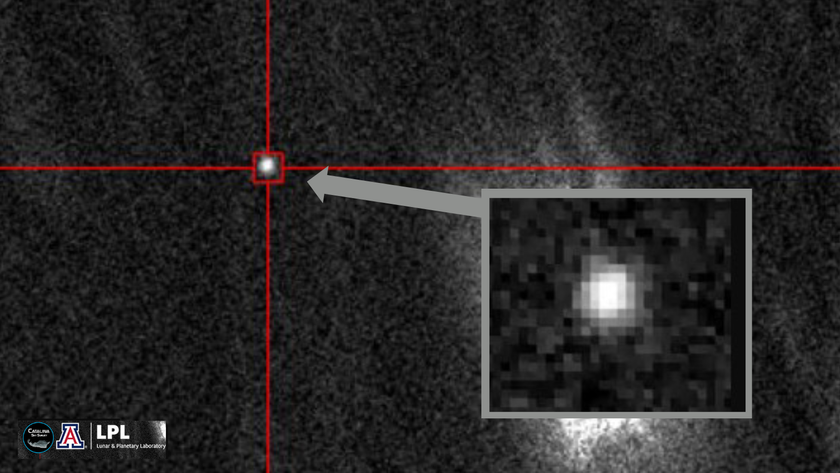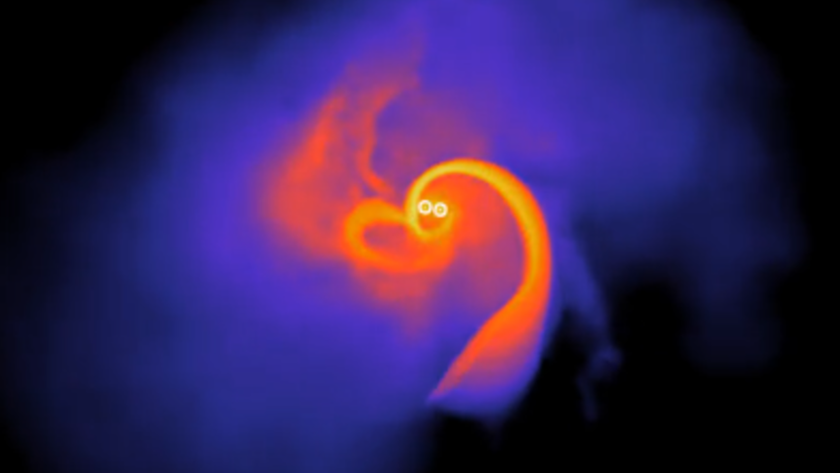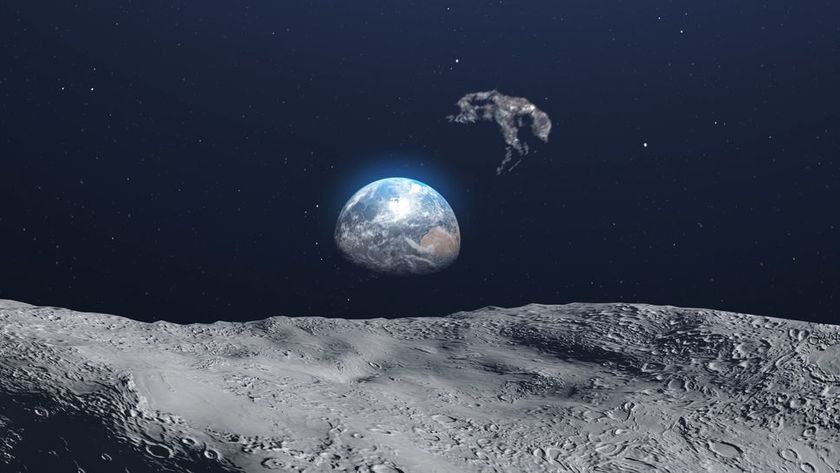Giant Metallic Asteroid Psyche May Have Water
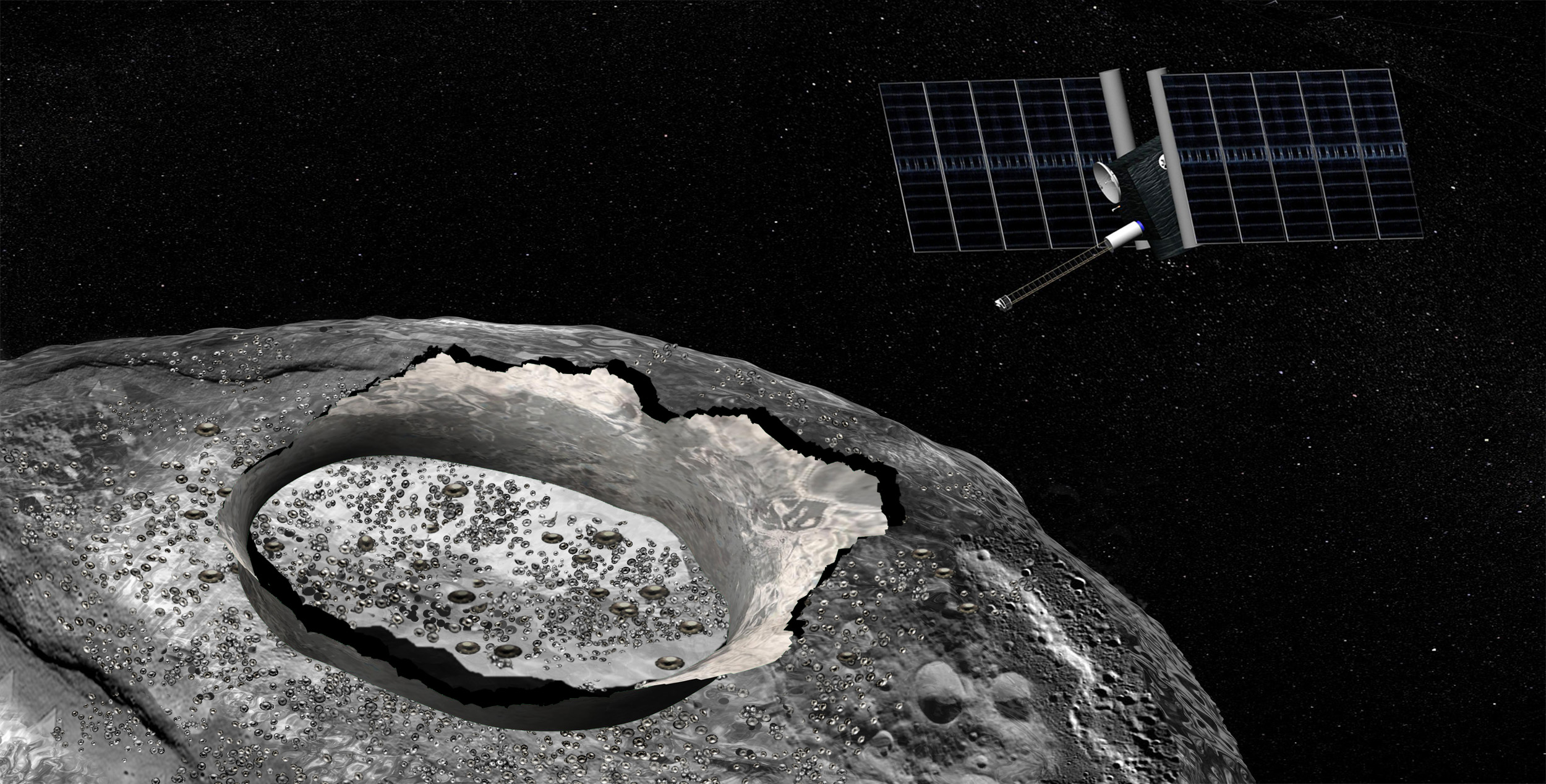
The largest metallic asteroid in the solar system may have water on its surface, astronomers have found.
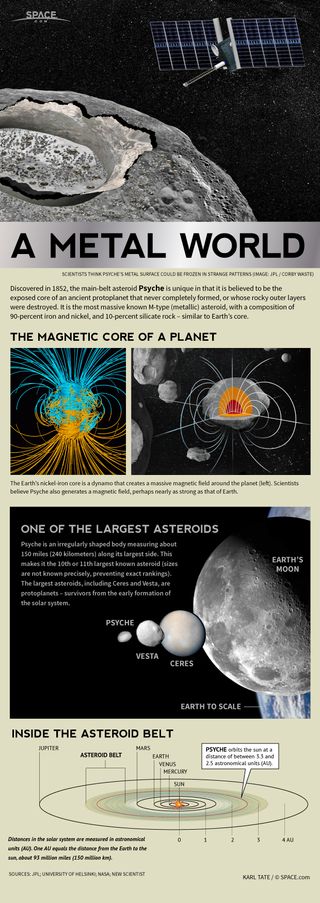
The asteroid, called 16 Psyche, is one of the most massive in the asteroid belt. Researchers think the 186-mile-wide (300 kilometers) body, made of almost pure nickel-iron, might be the core of a world whose outer layers were blasted off by impacts billions of years ago.
Previous observations of Psyche showed no water on the surface. But according to Vishnu Reddy, an assistant professor at the University of Arizona's Lunar and Planetary Laboratory, new data from the NASA Infrared Telescope Facility show evidence for water or hydroxyl, a molecule with one hydrogen atom bound to one oxygen atom, on Psyche's surface. Hydroxyl exists on Earth, but it is very reactive and tends to combine with other compounds — and in fact can remove those compounds from the air.
"We did not expect a metallic asteroid like Psyche to be covered by water and/or hydroxyl," Reddy said in a statement. "Metal-rich asteroids like Psyche are thought to have formed under dry conditions without the presence of water or hydroxyl, so we were puzzled by our observations at first."
Reddy presented his results Wednesday (Oct. 20) at the 48th meeting of the American Astronomical Society's Division for Planetary Sciences and 11th European Planetary Science Congress in Pasadena, California.
The water could have reached Psyche via past impacts from smaller asteroids that contain volatiles such as carbon, hydrogen and water, Reddy said.
NASA is currently reviewing a proposed mission to Psyche, which could tell astronomers whether the signal from the surface comes from water or hydroxyl.
Get the Space.com Newsletter
Breaking space news, the latest updates on rocket launches, skywatching events and more!
The new research, co-authored by Reddy and led by Driss Takir at the U.S. Geological Survey, has been accepted to the Astronomical Journal, and can be read online here.
Follow us @Spacedotcom, Facebook and Google+. Original article on Space.com.
Join our Space Forums to keep talking space on the latest missions, night sky and more! And if you have a news tip, correction or comment, let us know at: community@space.com.

Jesse Emspak is a freelance journalist who has contributed to several publications, including Space.com, Scientific American, New Scientist, Smithsonian.com and Undark. He focuses on physics and cool technologies but has been known to write about the odder stories of human health and science as it relates to culture. Jesse has a Master of Arts from the University of California, Berkeley School of Journalism, and a Bachelor of Arts from the University of Rochester. Jesse spent years covering finance and cut his teeth at local newspapers, working local politics and police beats. Jesse likes to stay active and holds a fourth degree black belt in Karate, which just means he now knows how much he has to learn and the importance of good teaching.
